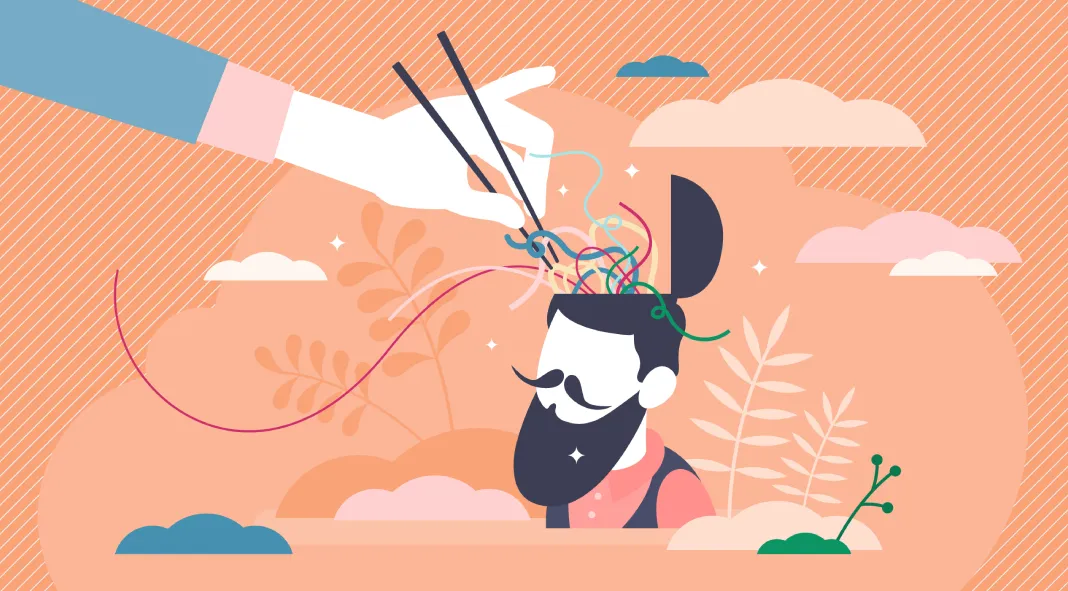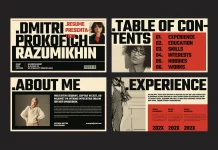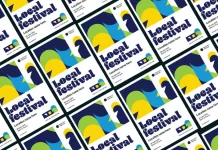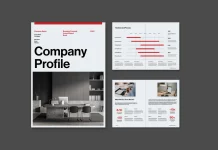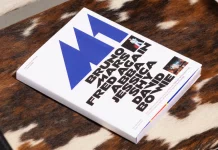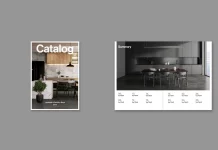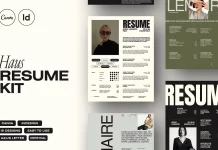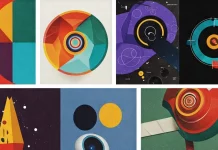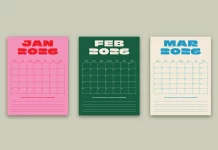Have you ever found yourself completely captivated by a piece of design? Maybe it was a sleek website that felt intuitive to navigate, a stunning poster that effortlessly conveyed its message or even just a beautifully crafted logo that instantly resonated with you. Then, on the flip side, have you encountered designs that make you cringe, the kind that is confusing, visually jarring, or simply… well, bad? We’ve all been there, experiencing the spectrum of design, from the truly exceptional to the downright awful. It begs the question, doesn’t it? What is it that separates the designers who consistently create amazing work from those who seem to miss the mark? It’s not some mystical power; it’s a combination of factors we can all explore and even develop. It’s time we took a look at the different skills, mindsets, and approaches that make some designers shine, while others… well, let’s just say they have room to grow. Are you ready to delve into the nuances that make all the difference? Let’s explore them together, shall we?
It’s Not Just About Talent (Sorry!)
First, let’s get something straight: talent helps. Sure, some people might have a natural eye. They might see colors and shapes differently. But is talent everything? Absolutely not. It’s like saying someone is a natural athlete. That helps but they still need to train, right? Design is the same.
The Curious Mind: The Cornerstone of Great Design
What’s the biggest difference between a good designer and a bad one? I’d argue it’s curiosity. Good designers ask questions. They wonder why. They dig into the problem. They don’t just slap a pretty picture onto a page. Have you ever wondered why some brands choose specific fonts? A good designer does. They ask about the company’s values, their audience, and their goals. They don’t just start creating without understanding. Bad designers? They might just jump straight into Photoshop without really thinking. Do you see the difference?
The Art of Empathy: Designing for Them, Not You
Then there’s empathy. Design isn’t about what you like. It’s about what the user needs. Can you put yourself in their shoes? A good designer tries to understand the person using the design. What are their pain points? What are their goals? A bad designer designs for themselves. They create something they think is cool. But does it solve any problem? Probably not. What do you think about that? You should!
Skill is Developed, Not Just Gifted
Now, let’s talk skills. You can be the most curious, empathetic designer in the world. But if you don’t know the software, you’re in trouble. Adobe Creative Suite, Figma, Sketch, whatever – they’re tools. Like a carpenter needs to know how to use a hammer, a designer needs to know their tools. This requires practice and patience. You can’t just open Illustrator and expect to create masterpieces on day one. Think back to when you first started learning to ride a bicycle. Did you just hop on and do it? No, it took time, right? The same thing goes for designing.
Don’t Fear the Learning Curve: Embrace It
Do you struggle with Adobe products? It’s normal. Even seasoned professionals face challenges. The trick is not to get discouraged. Watch tutorials. Experiment with features. Read the help documentation. Keep practicing, and you’ll get the hang of it. No designer, I mean, absolutely NO designer was born knowing everything. Everyone has to learn. Every. Single. One. Do you accept the challenge?
Creativity: It’s a Muscle
Okay, so you know the tools. But how do you get the creative juice flowing? It’s not like a tap you can just turn on. Creativity is a muscle. You have to work it out. How? By exposing yourself to different things. Visit museums. Read books. Listen to music. Walk in nature. Look at different designs. A good designer is constantly learning and observing. What do you do to feel inspired?
Steal Like an Artist… Smartly
And one more thing about creativity: inspiration is important. But beware of copying. Learn from others. Analyze what you like. Then, make it your own. It’s like learning a language; you start by imitating, but then you develop your own voice. What’s your unique voice as a designer?
The Marketing Mindset: Because Being Good Isn’t Enough
Okay, you are a skilled, creative, and empathetic designer. But here’s the kicker: you need to get noticed. Design skills and marketing go hand-in-hand. Being a good designer is not enough. You need to promote your work. You need to create a portfolio. You need to network. You must know your target audience. You need to know how to communicate your value. Think about all that. It can be a lot to take in, can’t it?
Building Your Brand: It Starts With You
Think of yourself as a brand. What are your strengths? What makes you stand out? Do you specialize in a niche? Good designers know how to market themselves. They understand their brand. They make their work visible. They actively seek out opportunities. Is your work easily accessible? Does your online presence reflect your abilities?
The Never-Ending Journey: Growth Mindset
Ultimately, the difference between a good and a bad designer isn’t fixed. It’s about a mindset. Are you willing to learn? To grow? To adapt? The design world is constantly evolving. New software comes out. New trends emerge. If you’re stuck in your ways, you’ll get left behind. Good designers embrace change. They’re always learning.
So, there you have it. The “secret” to being a good designer. It’s a combination of curiosity, empathy, hard work, and a little bit of marketing savvy. It is not about being born with talent. It’s about putting in the time and effort. What are you going to do to improve your design skills today? Start with one small step. Keep going, and you might just be the next “Wow!” designer.
Header image by VectorMine (via Adobe Stock). Feel free to check out WE AND THE COLOR’s Design section for more awesome content for creative professionals and design students.
Subscribe to our newsletter!

